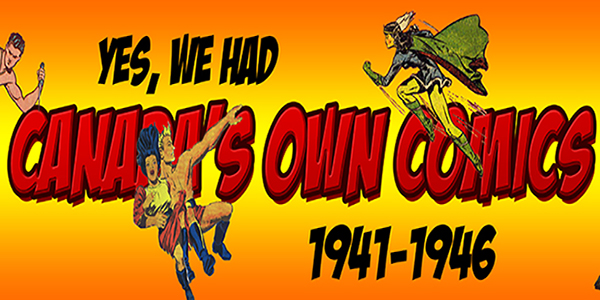
Canadian Comics Corner
After last Saturday at Niagara Con, which seems to have found a more than viable venue in our Southern Ontario tourist hub and appears to draw more visitors each year, a bunch of us went back to the new Big…

Discussing the minutiae of comic book collecting.

Discussing the minutiae of comic book collecting.

After last Saturday at Niagara Con, which seems to have found a more than viable venue in our Southern Ontario tourist hub and appears to draw more visitors each year, a bunch of us went back to the new Big…
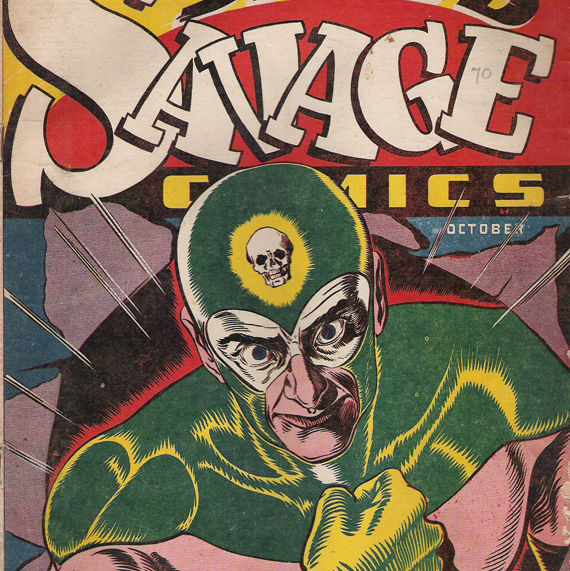
This is a two-part post containing first my own, kind of orthodox, view on what constitutes a WECA comic followed by fellow WECA collector Jim Finlay’s view on a finer and more porous line of distinction between the WECA period…
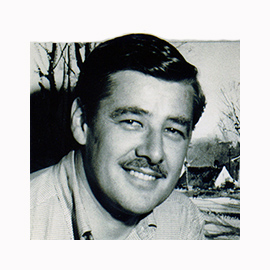
Last week I received, from his wife Ginni, the sad news that Mel Crawford had passed away peacefully on Monday, Feb. 23. He had been in a long-term care facility for about the last year. Mel started out as a…
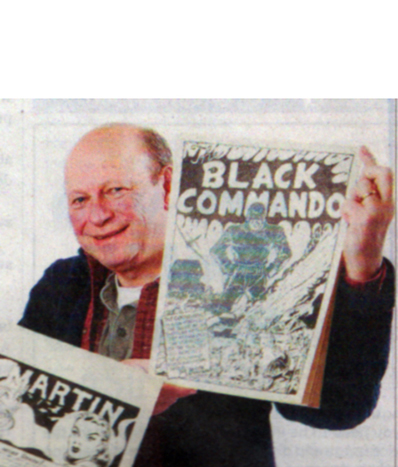
I began doing this column on Jan. 3rd 2013 just after I had finished and sent off the long article I’d written on WECA comics for the Overstreet Price Guide which was finally published this year. I had been out of…
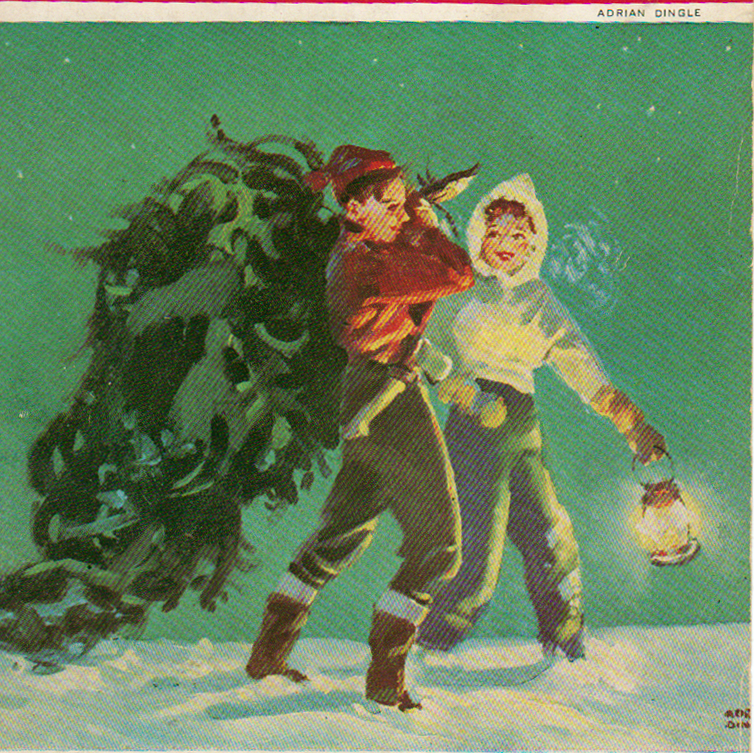
Presents and surprises are one part of Christmas, for some a huge part, but one can’t deny that it’s invariably a pleasant experience to get a gift, especially an unexpected one. My friend and fellow WECA book collector, Walter Durajlija,…
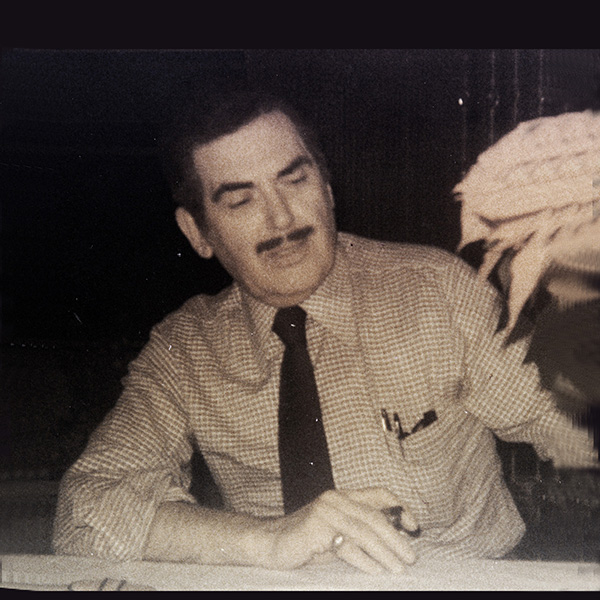
It’s an understatement to point out that most average income collectors, like me, have been priced out of battling for WECA comics through online auctions now that the comic collecting community has more widely become aware of them: of their…
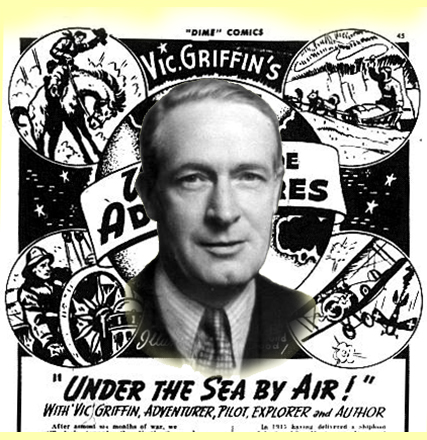
Text stories, a whole bunch of words and a couple of pictures; they were probably the most skipped-over part of any WECA comic they appeared in. Though they didn’t appear in every war-time Bell Features comic book, they did appear…
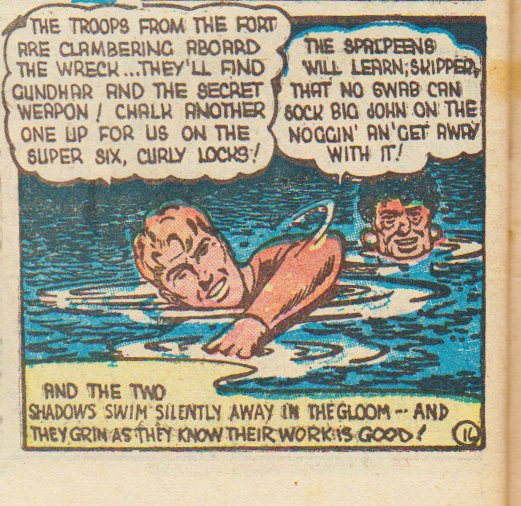
Those last few months of 1946, those last few months of the WECA period, and what happened to each of the titles that were still being put out are still very murky. Not one of the issues that we now…
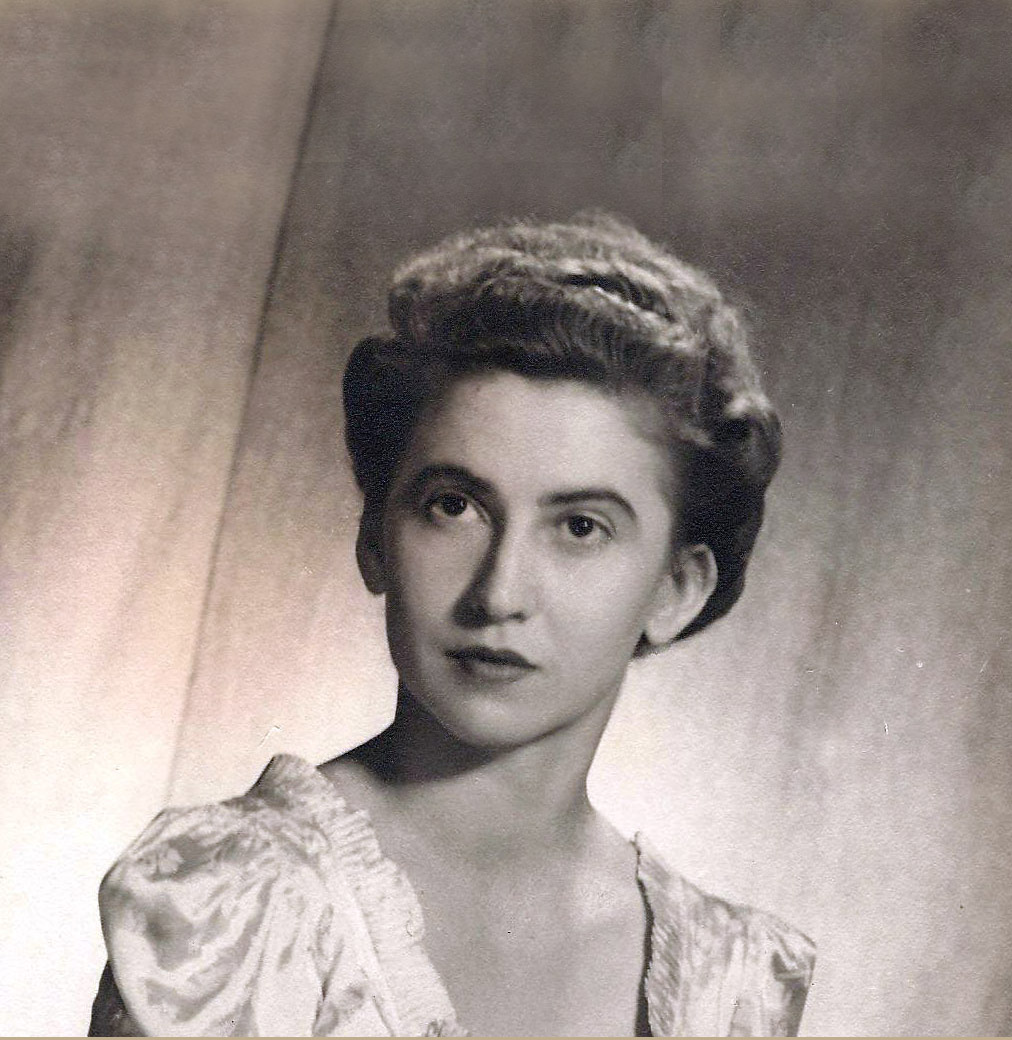
In this post I want to discuss three WECA firsts starting with a curiosity I take to be one of the first “horror type” stories in comics. “Grim Tales” was a brief two-story run in Wow Comics No. 12 (Jan.-Feb. 1943) and No. 13 (March-April 1943) by Don McKague (my dates for Bell books are all extrapolated estimates, since they stopped listing them in the indicia after the first early issues of their titles). For me, these two stories foreshadow the first true horror comics of the late forties and the horror boom that started with E. C. comics in 1950.

On one of my research visits to Gerry Lazare and his wife Setsuko, Gerry said that he had recently received a phone call from someone who had written him a fan letter 40 years ago. Gerry said that the man’s…
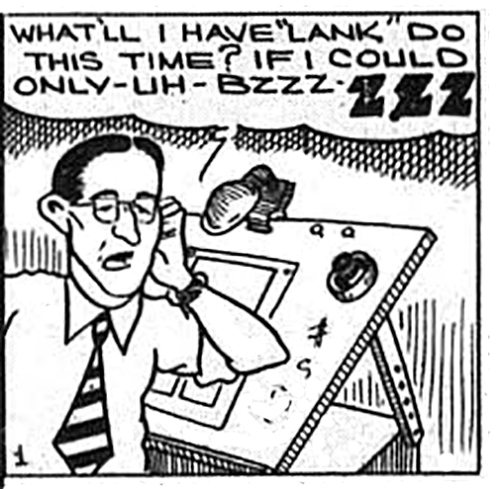
Harry Joseph Brunt was born on Nov. 22, 1918 in Chicago but his family seems to have settled in the Toronto-Hamilton area a few years after he was born. Brunt started to work for Bell features as one of its artists while he was in his mid-twenties around the Christmas season of 1943. The nature of his contribution to these comics consisted of two or three page featurettes that were cartoony and goofy and invariably had an alliterative name.
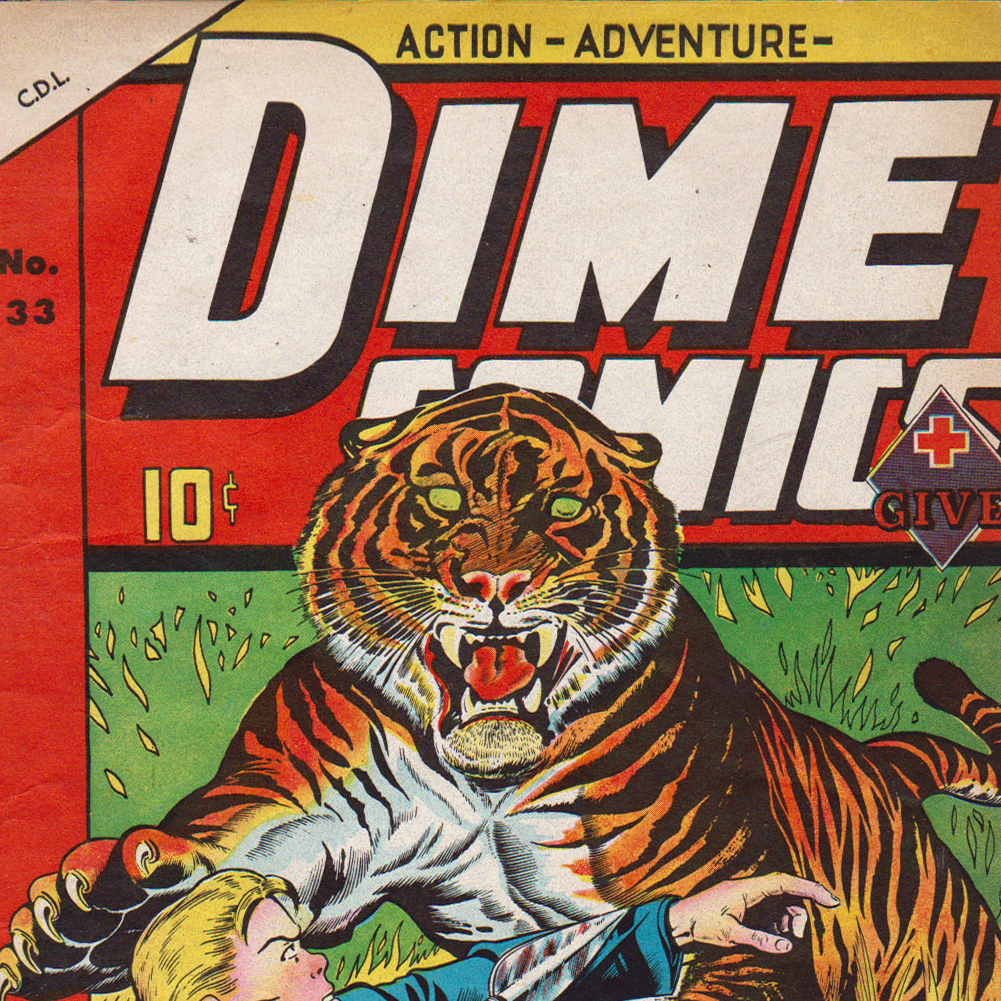
For this column I’ve chosen to step outside of my normal mandate and talk a little about that period that came after the WECA Period (Robin Hood Comics Vol. 1 No. 1 and Better Comics Vol. 1 No. 1 in…

I’m up at the archives again, flipping original Bell Features art pages and have just had time to put together a patchwork column this week. First of all, I’d like to share with you some dates and geography. My…
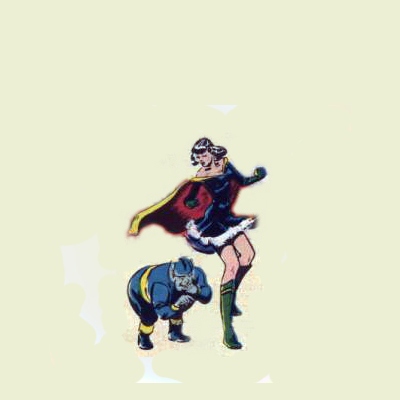
Because it's Canada Day week I want to do a bit of a more involved special column about the figurehead of the Canadian Whites this time--Nelvana. This mini-skirted, semi-mortal, maid of the Arctic skies has firmly become the totem (the chosen emblem) of the Canadian war-time comics.
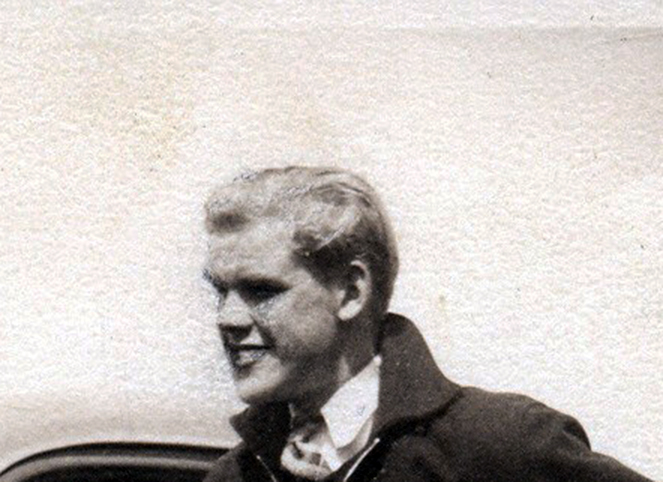
Few people know, however, that Clayton Dexter is a pseudonym for Howard Buchanan Cowan; thanks to Howard’s son Glen for this information and other biographical details. He was born in 1918 in Toronto to a well-known Dentist Father, William A. Cowan, who practiced on Bloor Street. Howard received some art training at Humberside College and after graduating in 1939 wanted to pursue further art studies but received no support from his father who seemed not to see much of a future in this and ideally wanted his son to become a dentist.
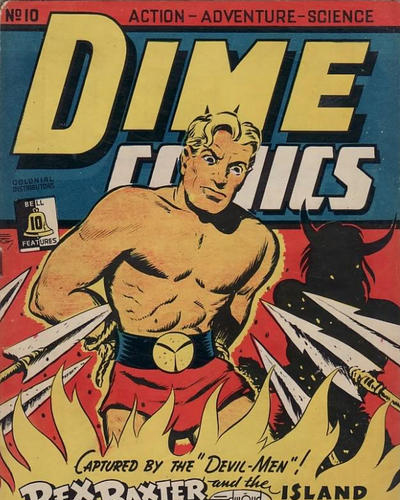
For this post let’s stick to the Bell heroes as they appeared on the cover of six of the seven titles; we’ve got to make an exception of The Funny Comics because it featured one central character, Dizzy Don, who got every cover appearance for the 20 issue run with Bell. Also, the first 13 issues of Commando Comics feature generic soldier covers as one would expect and there are a couple of more generic soldier covers in the runs of the other titles (e.g., Dime 18 and 19, Wow 21). So let’s just look at the covers for the runs of Wow, Triumph, Dime, Active, and Joke Comics and see which characters are most featured on their covers.

This makes me think that the only way to get a group of truly Canadian superheroes again is to follow that first and tested pattern: ban all foreign comics from entering the country, then we’d have a captive audience and a bunch of publishers dedicated to producing a set of characters and books for these Canadian readers that could really stand out as something different.

Sometimes people doing the kind of thing I am doing for this column get called “comic book historians.” I don’t like the term. The word “historian” has academic connotations and presuppositions and the sense of being an authority that I don’t wish to take on as a mantle. People who do “history” bring to bear a number of disciplines, such as sociology, psychology, ethnology, economic theory, religion, etc., on a particular event or series of events to offer their “take” on them. They then propose an explanation for how these events came to be and/or what resulted from these events. This is definitely not what I am doing. Besides how can comic books even have a “history” yet? They are not even a hundred years old.
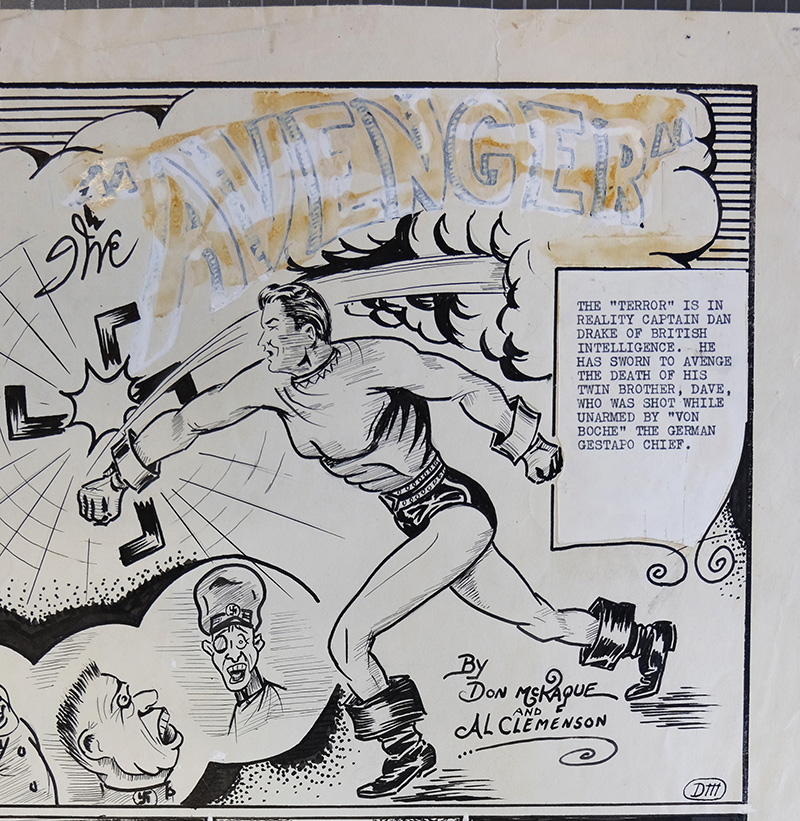
Last week I had the opportunity to spend a couple of days at the Library and National Archives of Canada in Ottawa. It’s just a couple of blocks west of the Parliament buildings on Wellington and backs onto the Ottawa…
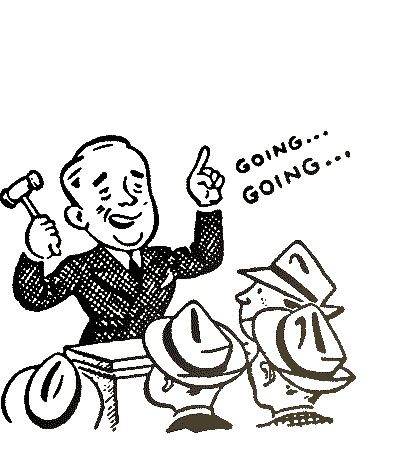
The last ComicLink featuring a collection of Canadian “Whites” was this past February and, in the end, commanded some eye-opening prices for these scarce books. There we had about three dozen books, most in mid-grade to better. In my opinion even 6.5 and up should be considered “high grade” for these scarce Canadian wartime comics, given that so few are found in this condition.
This month’s auction, even though it has almost double the amount of books (61), has them in mostly in lower grades. Almost a dozen of them are incompletes (0.5) because of a centerfold missing or a rectangular coupon cut out of the front cover. I’ve done a summary of the books on offer in a chart form anchored on condition, going from the lowest to the highest.